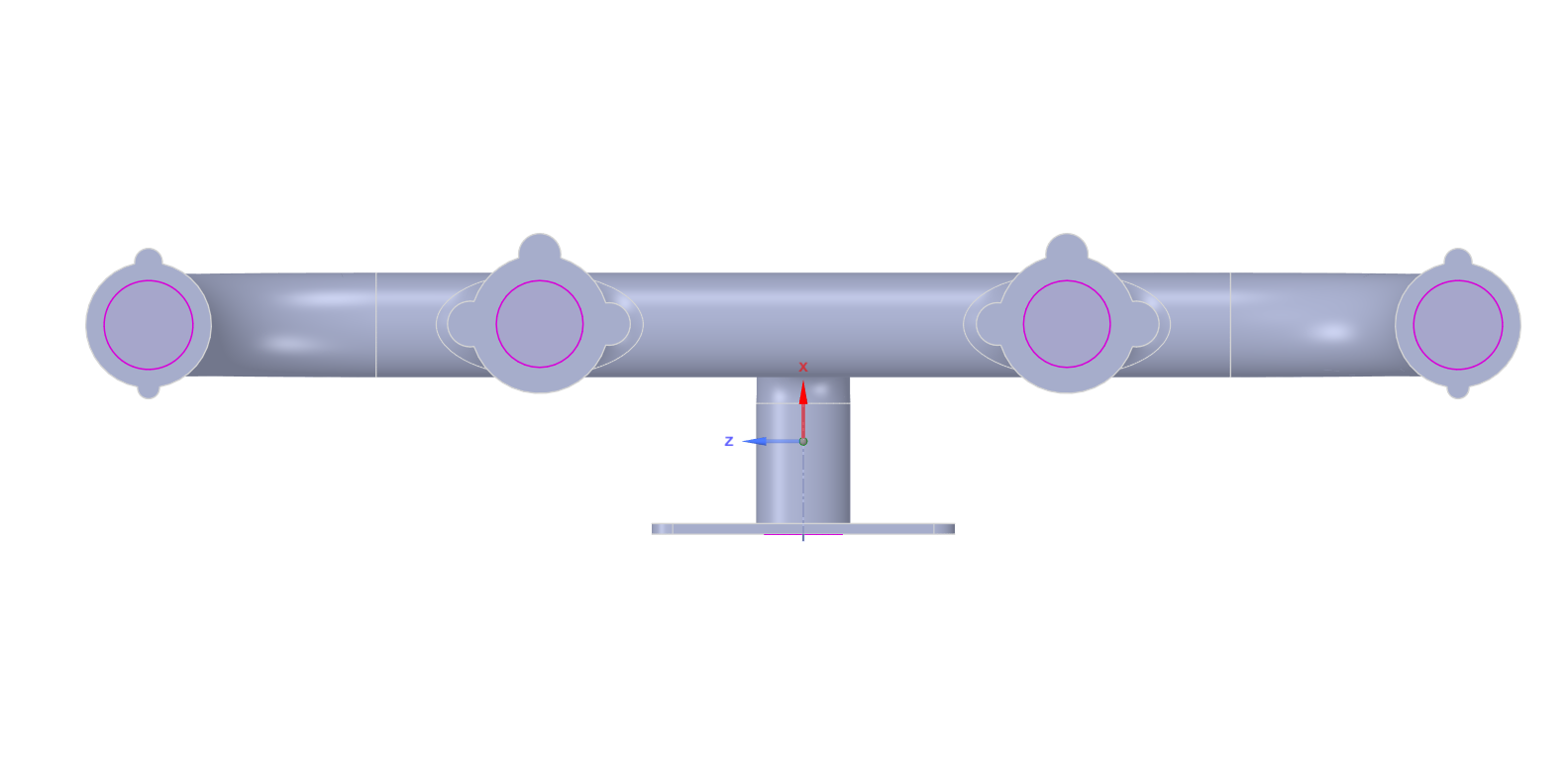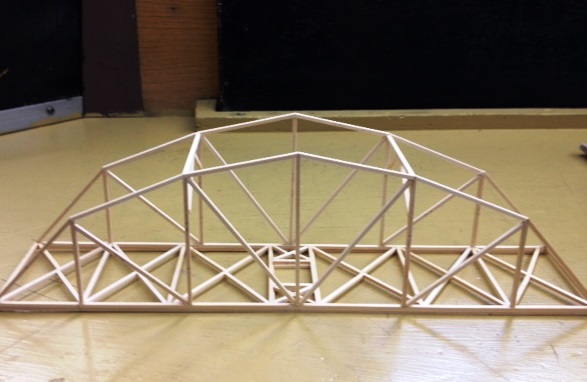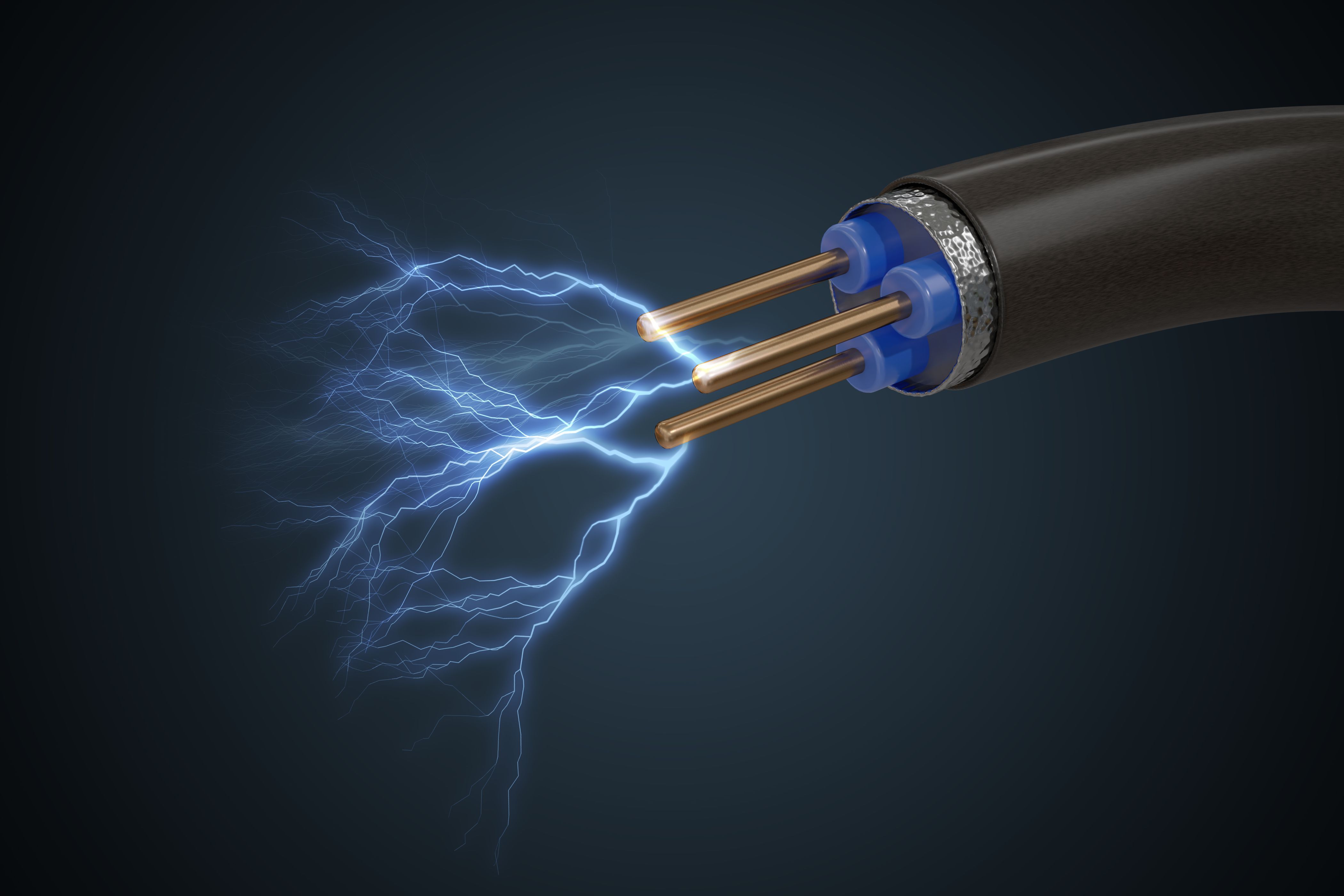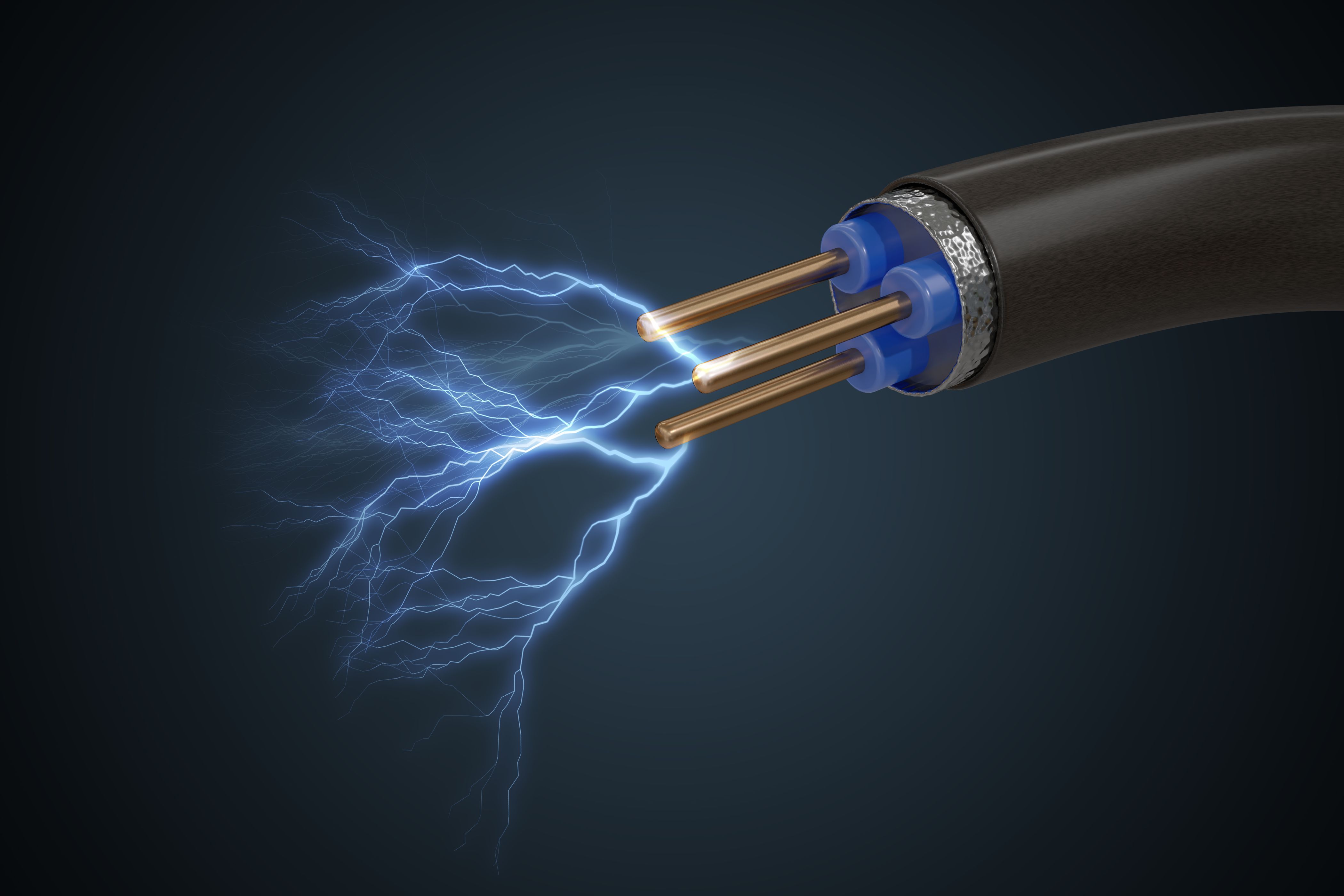Courses by Software
Courses by Semester
Courses by Domain
Tool-focused Courses
Machine learning
POPULAR COURSES
Success Stories
CHT analysis of 4 cylinder engine exhaust port
AIM: CHT analysis of 4 cylinder engine exhaust port. INTRODUCTION: Conjugate heat transfer: CHT stands for conjugate heat transfer. CHT analysis helps us to accurately predict the temperature behavior in solids or fluids due to thermal interaction between solids or fluids or a solid and a fluid. CHT analysis helps us to…
Swapnil Kanvinde
updated on 22 Oct 2020
AIM: CHT analysis of 4 cylinder engine exhaust port.
INTRODUCTION:
Conjugate heat transfer:
CHT stands for conjugate heat transfer. CHT analysis helps us to accurately predict the temperature behavior in solids or fluids due to thermal interaction between solids or fluids or a solid and a fluid. CHT analysis helps us to predict the temperature profile or value in any type of model due to heat generation characteristics of heat flow/transfer characteristics.
CHT analysis is done to verify whether a heating or cooling mechanism in the model is working as per the need or any changes are required. CHT analysis helps to verify whether the system's thermal behavior is in a safe thermal range or not. CHT analysis is used in applications like a battery, automobiles, motor, turbines, or any other application which involves heating or cooling.
In our simulation, we will be carrying CHT analysis on 4 cylinder exhaust port to calculate the internal wall surface heat transfer co-efficient and check the temperature profile distribution on the external surface of the exhaust port.
Y+ value:
Turbulence model-1: k - turbulence model` [Base mesh-auto generated by ANSYS]
Turbulence model-2: k - (SST) turbulence model [Fine mesh with custom meshing approach]
Y+ value range = 0 - 6 for k- (SST) turbulence model

As can be seen from the above plot the meshing (which is discussed further) is done such that the Y+ value at walls does not exceed above 6 for the fine mesh model (k-) model.
MODEL:
Geometry view 1:

the above figure shows the 4 inlet port and a front view of the exhaust port. The hot exhaust gases from each cylinder of a 4 cylinder engine at 700K (973.15 °C) enters the exhaust port from each inlet and exits from a single exit port where the temperature of gases increases further because of high pressure and velocity flow and a 90-degree bend where the gases from each exhaust are mixed.

The above figure shows the fluid volume (exhaust gases) in orange and the solid volume (exhaust port) in grey. The above two volumes have shared topology enabled such that a conformal meshing is obtained and correct results are obtained.
MESHING:
Baseline mesh (Auto-generated by Ansys):


In the above mesh, the topology between the solid and fluid body was shared and Ansys default meshing was used. The details of the above mesh are as follows:
Number of elements: 137567
Number of nodes: 27437
Fine mesh (Custom approach for mesh generation):


To obtain the above shown meshed topology was shared between the solid and fluid body to obtain a conformal mesh. An inflation layer was added on the surface of the fluid body at the surface of contact of the solid and fluid bodies. The number of inflation layers was set to 5 and the maximum total thickness was set to 5mm at a growth rate of 1.2mm. The correct value for Y+ can be obtained by changing the first layer thickness or the total thickness of these inflation layers. Further body sizing method of mesh was added to the solid body (exhaust port body) to refine the mesh size on the body of exhaust port and the body mesh size is set to 10 mm.
Number of nodes: 113195
Number of elements: 375996
ANSYS FLUENT SETUP:
RESULT:
A] K-EPSILON METHOD:
Residual plot:

The above residual plot confirms that the solution has converged. It can be interpreted that the solution was converged after 300 iterations.
Temperature contour:

From the above temperature contour plot, it can be seen that the temperature increases at the exit of 4 exhaust port inlet in the center where the gases from individual ports mix. Since the gases are coming from 4 exhaust port and exits at from one port the pressure inside the exhaust port at the point of mixture increases which accelerates the gas and further increases the temperature. The maximum temperature is 427 °C and it can be observed at the 90-degree bend just after the gas mixture.
Velocity streamlines with temperature contour:

The above plot shows the velocity streamlines from the inlet or the exhaust port to the exit of the exhaust port and it can be found that the maximum velocity is at the 90-degree bend. The maximum value of velocity through the exhaust port is 37.43
Velocity contour at 90-degree bend:

The part just before the exit and after the gas mixture is a critical area and in this area, we can find the maximum temperature, maximum velocity, and maximum heat transfer coefficient. The above velocity contour shows the area of maximum velocity. This maximum velocity in this area is of 37.43 and is the highest through complete gas flow between inlet and exit.
Wall heat transfer coefficient at 90-degree bend:

The above plot shows the wall heat transfer coefficient at the area between gas mixing and exit. An enlarged image of what's happening is shown below.
Wall heat transfer coefficient at 90-degree bend (enlarged):

The above figure enlarges what's happening at the point of maximum velocity. It can be noted from the figure that the maximum wall heat transfer coefficient can be found at the point of maximum velocity.
Further, we will use K- method with a finer mesh to analyze the solution further and check whether the solutions obtained from the baseline mesh are acceptable or not.
B] K-OMEGA METHOD:
Residual plot:

The above residual plot confirms that the solution is converged just after 60 iterations and the solution is acceptable after this number of iterations.
Temperature contour:

The above plot for temperature through the exhaust port shows the area of maximum temperature which is just after the gas mixing. Similar results were obtained using a k-epsilon model and the maximum temperature throughout the exhaust port was found to be around 426.85427 °C.
Velocity streamlines with temperature contour:

Above is a plot showing temperature distribution through the outer wall of the exhaust port and streamline of velocity through the gas flow. It can be seen that the velocity is maximum at the 90-degree bend as discussed earlier. The value of maximum velocity throughout the flow between inlet and exit is 40.33 . The temperature is maximum at the point of maximum velocity.
Velocity contour at 90-degree bend:

The velocity contour plot shows the velocity distribution at the area between the gas mixing and exit. This is one of the critical areas also because of its 90-degree bend. The maximum velocity in this area is 40.33 which is equal to the maximum velocity in the complete gas flow through the exhaust port.
Wall heat transfer coefficient at 90-degree bend:

The wall heat transfer coefficient is shown in the above image in the critical area and is explained below.
Wall heat transfer coefficient at 90-degree bend (enlarged):

The wall heat transfer coefficient is maximum at the 90-degree bend where the temperature and velocity are maximum. We can see a well-defined wall heat transfer coefficient in the plot which is uniform because the first layer (wall surface) is defined with the help of inflation layers which follows the inner surface of the solid body (exhaust port body). The maximum value of the wall heat transfer coefficient is 237.70 and it is different from the K-epsilon model because of improper selection of the first layer thickness.
| Turbulence mode |
Numer of nodes | Number of elements |
Maximum temperature (°C) |
Maximum velocity (m/s) |
Maximum wall heat transfer coefficient ( |
| K-Epsilon turbulence model | 27437 | 137567 | 427.24 | 37.43 | 105.74 |
| K-Omega turbulence model | 113195 | 375996 | 426.85 | 40.33 | 237.70 |
CONCLUSION:
We can conclude that the values of temperature, velocity, and wall heat transfer coefficient are maximum on the inner side of 90 degree bends. The maximum values of parameters are quite high compared to the average value of those parameters throughout the flow. Hence the 90-degree bend in the design should be prevented and in place, a softer curve or a higher angle bend can be used to prevent these issues. The accuracy of predictions depends on the proper selection of Y+ values and the turbulence model used based on the requirements and type of problem. Proper Y+ value should be selected or else the first layer will lie outside the buffer layer giving inaccurate solutions. One of the important parameters to obtain accurate solutions is the boundary conditions and selecting improper boundary conditions will change the problem statement. We can further verify the HTC predictions using research papers
Leave a comment
Thanks for choosing to leave a comment. Please keep in mind that all the comments are moderated as per our comment policy, and your email will not be published for privacy reasons. Please leave a personal & meaningful conversation.
Other comments...
Be the first to add a comment
Read more Projects by Swapnil Kanvinde (17)
Battery sizing and designing a modular structure of an 18 kWh HEV battery pack.
AIM: Battery sizing and designing a modular structure of an 18 kWh HEV battery pack. CELL SPECIFICATIONS: Battery cell: Lithium iron phosphate (LiFePO4) based on nano phosphate technology by LithiumWerks. Voltage (nominal): 3.3 V Capacity (25 ºC): 2.6 Ah (2.5 Ah) – we will select the minimum capacity…
31 Oct 2020 06:19 AM IST
CHT analysis of 4 cylinder engine exhaust port
AIM: CHT analysis of 4 cylinder engine exhaust port. INTRODUCTION: Conjugate heat transfer: CHT stands for conjugate heat transfer. CHT analysis helps us to accurately predict the temperature behavior in solids or fluids due to thermal interaction between solids or fluids or a solid and a fluid. CHT analysis helps us to…
22 Oct 2020 08:17 AM IST
Blog on thermal management technologies for batteries
Aim: Study thermal management techniques for a battery pack. The necessity of thermal management: The ideal working temperature for Li-ion batteries ranges between 20-40 degrees celsius. A Li-ion battery has maximum energy storage capacity and high power output between these temperatures. If the temperature drops below…
18 Oct 2020 07:02 AM IST
Battery pack cell balancing methods
Battery pack balancing: Battery pack balancing is done by BMS ( Battery management system) to get the maximum possible capacity out of the cell and keep them at equal working parameters. Balancing may be needed in cells with the same specification (i.e voltage, capacity, etc) or cells with different specifications. Capacity…
04 Oct 2020 06:53 AM IST
Related Courses






0 Hours of Content

Skill-Lync offers industry relevant advanced engineering courses for engineering students by partnering with industry experts.
Our Company
4th Floor, BLOCK-B, Velachery - Tambaram Main Rd, Ram Nagar South, Madipakkam, Chennai, Tamil Nadu 600042.
Top Individual Courses
Top PG Programs
Skill-Lync Plus
Trending Blogs
© 2025 Skill-Lync Inc. All Rights Reserved.








